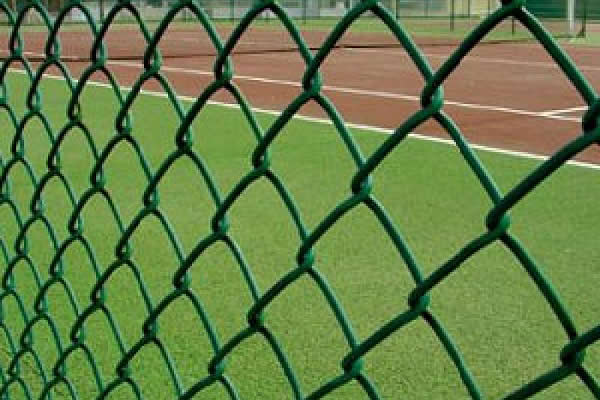 TEL:
+86-13102802206
TEL:
+86-13102802206
 Email:
fencenetting@china.com
Email:
fencenetting@china.com
 Language
Language
 TEL:
+86-13102802206
TEL:
+86-13102802206
 Email:
fencenetting@china.com
Email:
fencenetting@china.com
 Language
Language


Understanding Plain Wire Fencing Knots A Comprehensive Guide
Plain wire fencing is a widely used form of boundary establishment in agricultural, industrial, and residential settings. Its simplicity and effectiveness make it a popular choice for farmers and landowners. At the heart of constructing a robust and reliable plain wire fence lies the crucial element of knot tying. This article delves into the types of knots used in plain wire fencing, their applications, and best practices for ensuring durability and strength.
The Importance of Knot Tying
Knot tying in plain wire fencing is essential for maintaining the integrity and stability of the fence. The knots serve as the connecting points between the posts and the wire strands, anchoring the entire structure. A well-tied knot not only ensures that the fence remains taut but also prevents sagging, bending, and eventual collapse due to environmental pressures or animal interference.
Types of Knots Used in Plain Wire Fencing
1. Double Twist Knot This is one of the most common knots used in wire fencing. It involves twisting the wire around itself twice, creating a secure hold that provides strength and stability. The double twist knot is particularly effective for high-tension areas of the fence, such as corners or gates, where extra durability is needed.
2. Single Twist Knot Similar to the double twist, the single twist knot involves only one complete twist of the wire around itself. While it is not as robust as the double twist, the single twist knot is suitable for lower-tension sections of the fence. It can be used in areas where flexibility is required, such as when contouring to irregular land shapes.
3. Figure Eight Knot The figure eight knot is another effective option, particularly when connecting two strands of wire. This knot forms a secure loop that can be tightened, making it ideal for junctions where different wire lines meet. It is especially useful when extending the length of an existing fence or repairing sections.
4. Wrap and Tie Knot This knot involves wrapping wire around a post and tying it off to secure the wire firmly. This method is especially useful for attaching the fencing wire to wooden or metal posts. The wrap and tie knot provides excellent anchoring strength and is resistant to shifting due to wind or animal pressure.

Best Practices for Knot Tying
To ensure the durability and functionality of plain wire fencing, it is essential to adopt the following best practices when tying knots
1. Choose the Right Material The type of wire used greatly influences the effectiveness of the knot. For fencing, galvanized steel wire is commonly used due to its resistance to corrosion and rust. Select the right gauge that suits the purpose of your fence, balancing strength and flexibility.
2. Use Proper Tools When working with wire, having the right tools is imperative. Wire cutters, pliers, and gloves should always be on hand to ensure safety and precision. Pliers, in particular, are essential for twisting the wire tightly enough to form strong knots.
3. Ensure Tension When tying knots, maintaining tension in the wire is crucial. A taut wire prevents sagging, ensuring that the fence remains effective against any external pressures, such as animals pushing against it or wind.
4. Test Your Knots After tying the knots, it is advisable to test their strength before finalizing the fence installation. Pull on the wire gently to ensure it holds firmly. Any signs of slippage or weakness should prompt reworking of the knot.
5. Regular Maintenance Over time, environmental factors can influence the condition of your wire fence. Regularly inspect the knots and the overall structure for wear and tear, ensuring that repairs are made promptly to maintain the fence’s integrity.
Conclusion
Plain wire fencing knots are an integral part of constructing a functional and durable fence. Understanding the various types of knots and employing best practices for knot tying enhances the overall effectiveness of the fencing system. By investing time and attention to detail in the knotting process, landowners can ensure that their fences provide the necessary security and longevity needed for their properties. Whether for keeping livestock in, safeguarding crops, or defining property lines, mastering plain wire fencing knots is key to successful fencing endeavors.